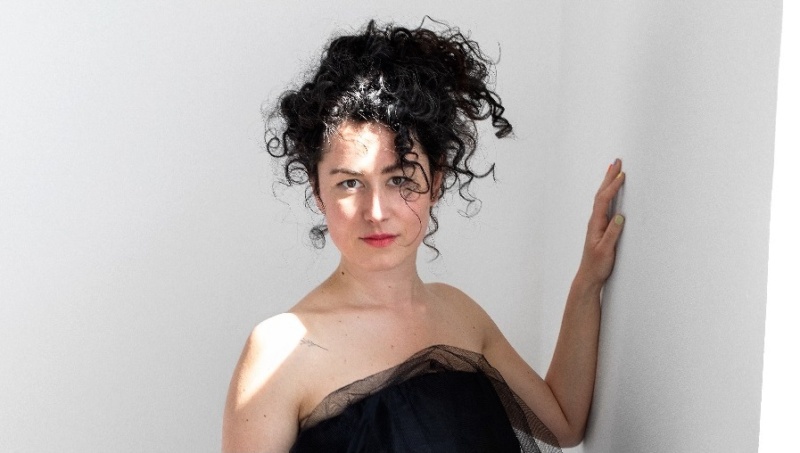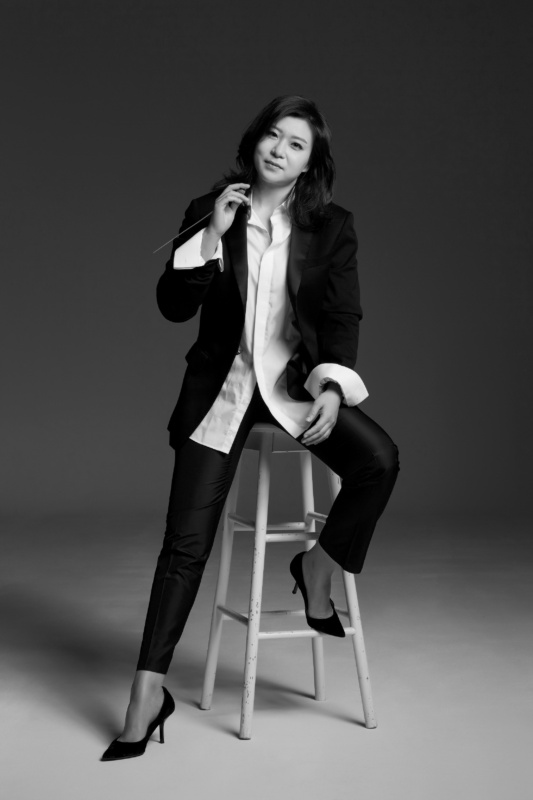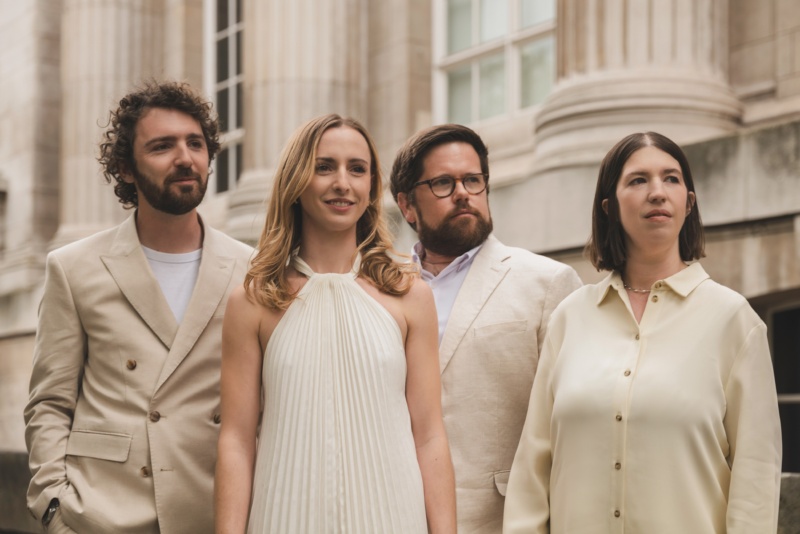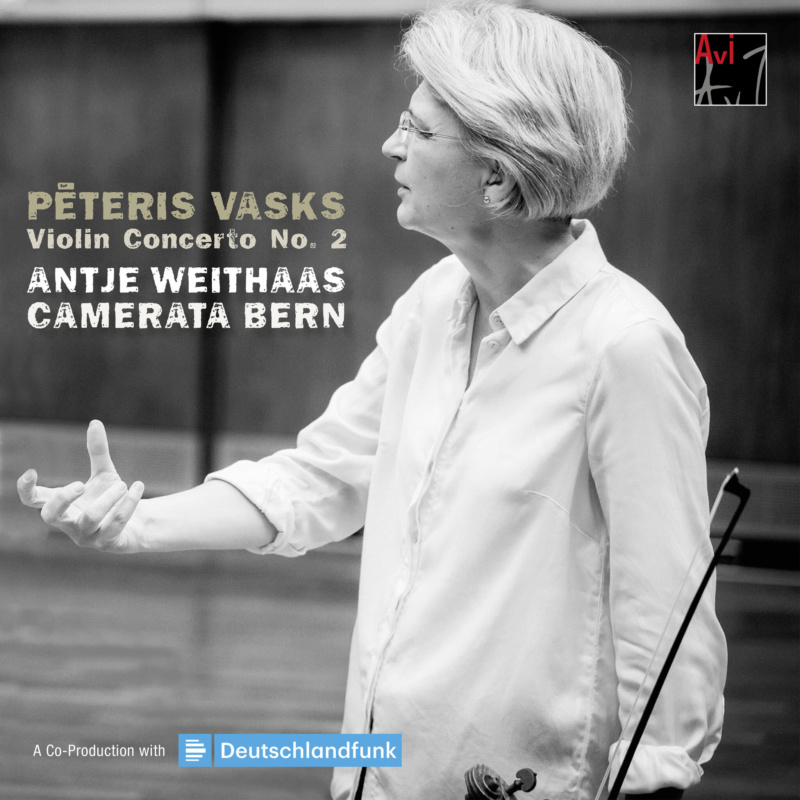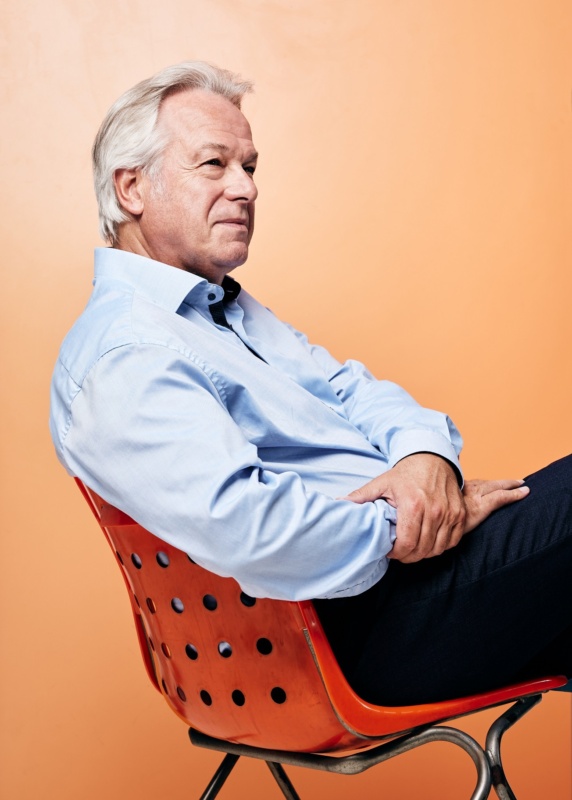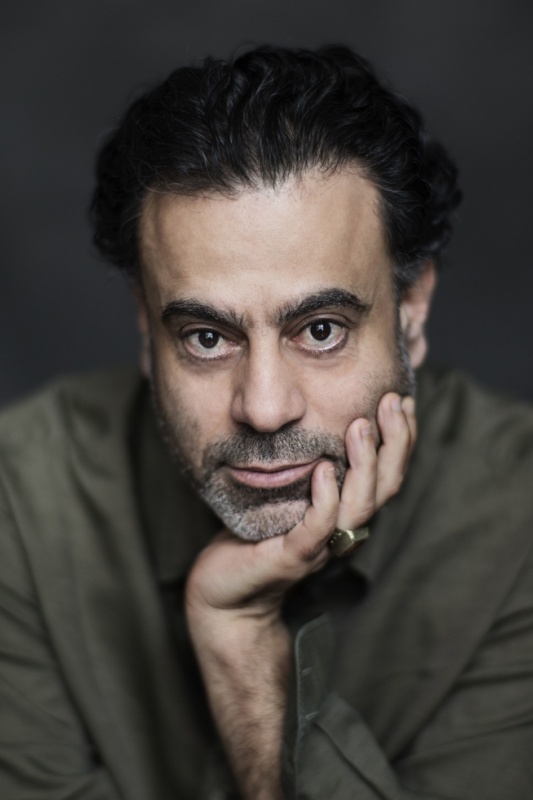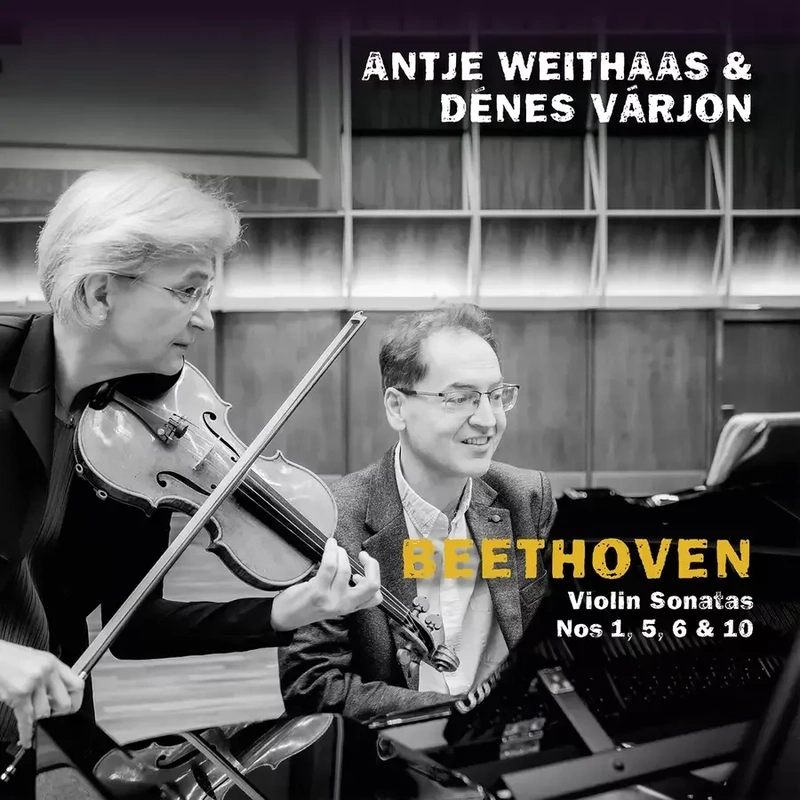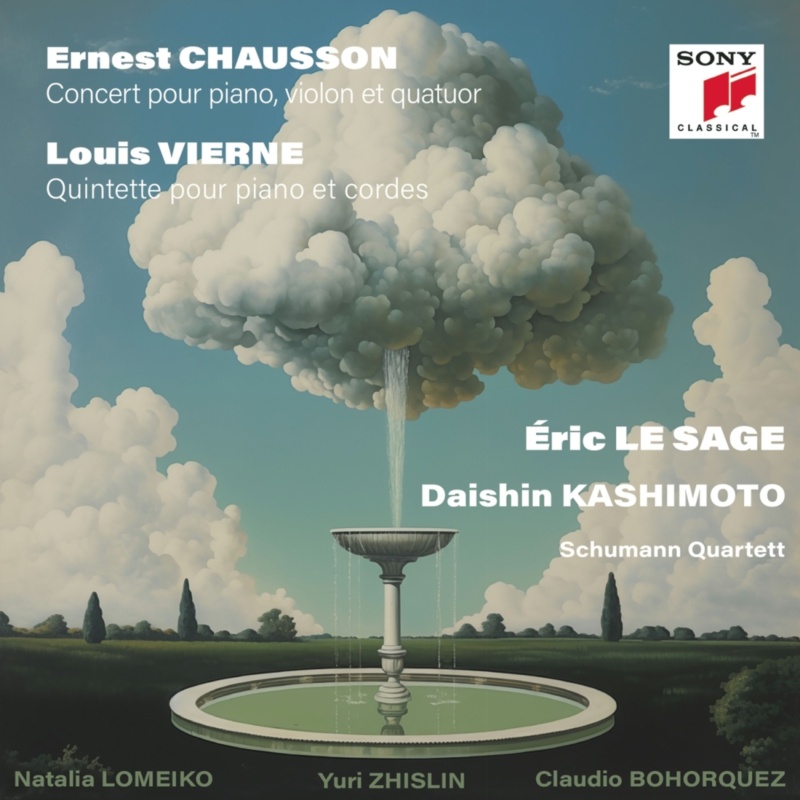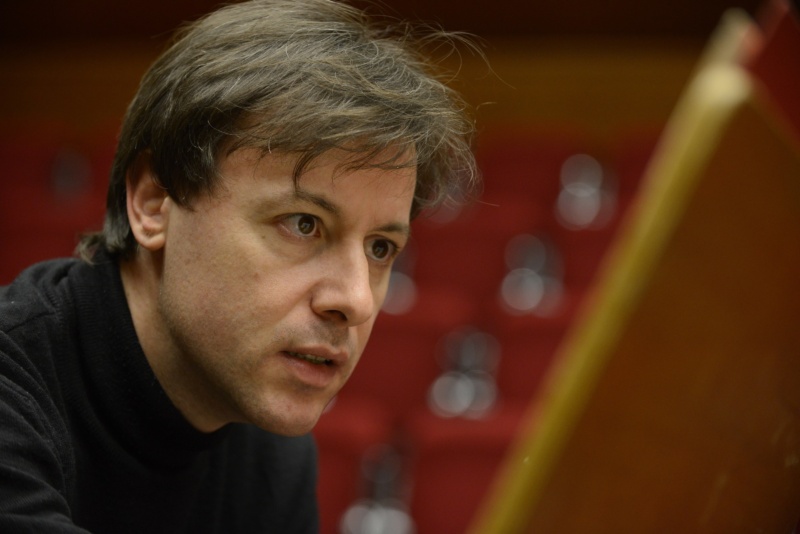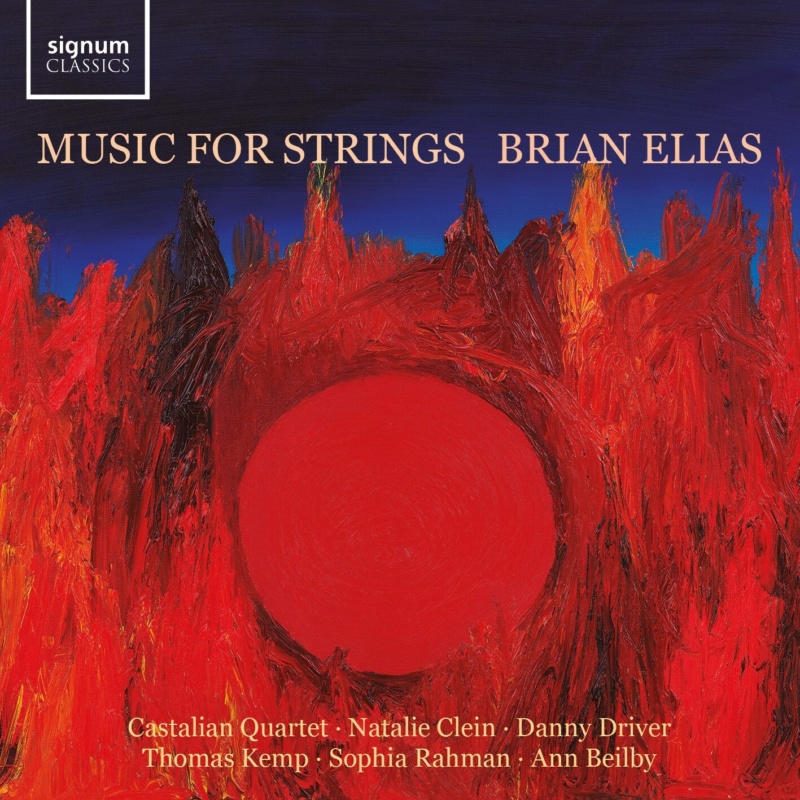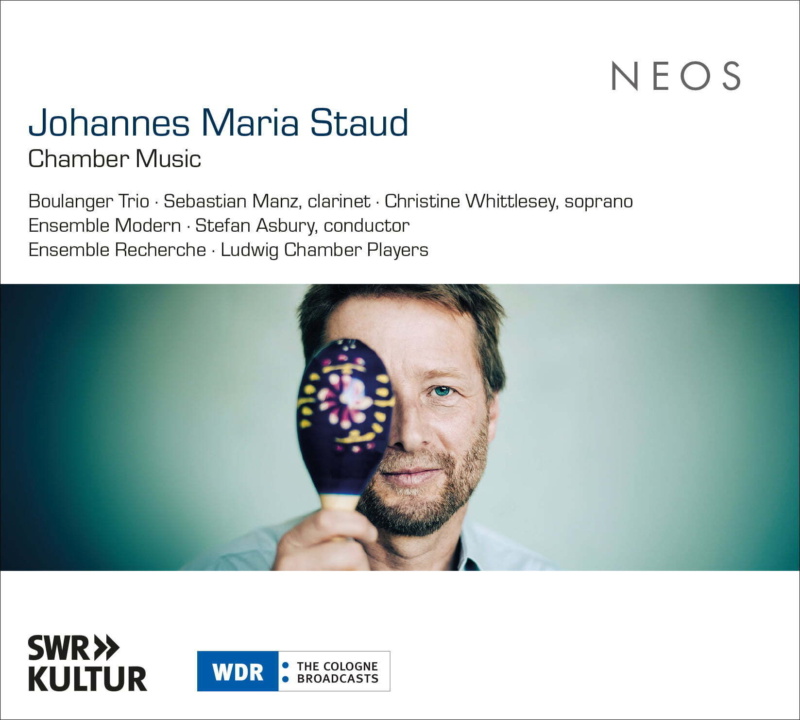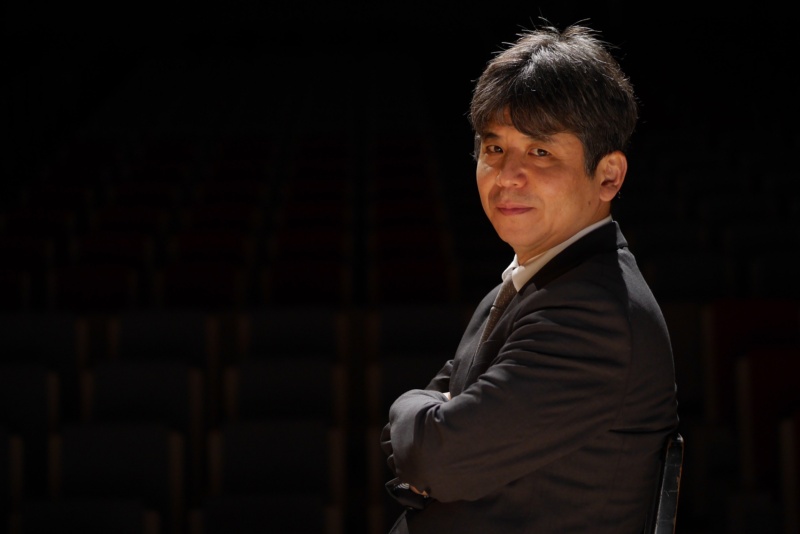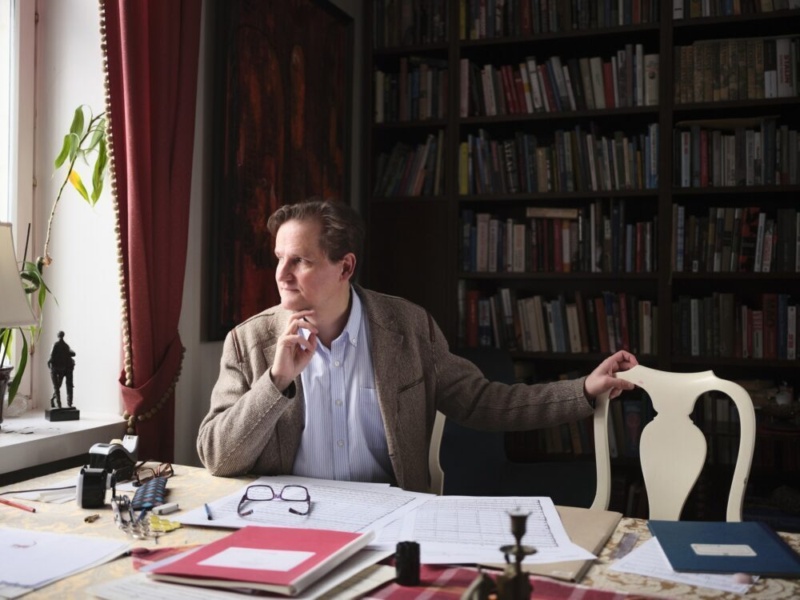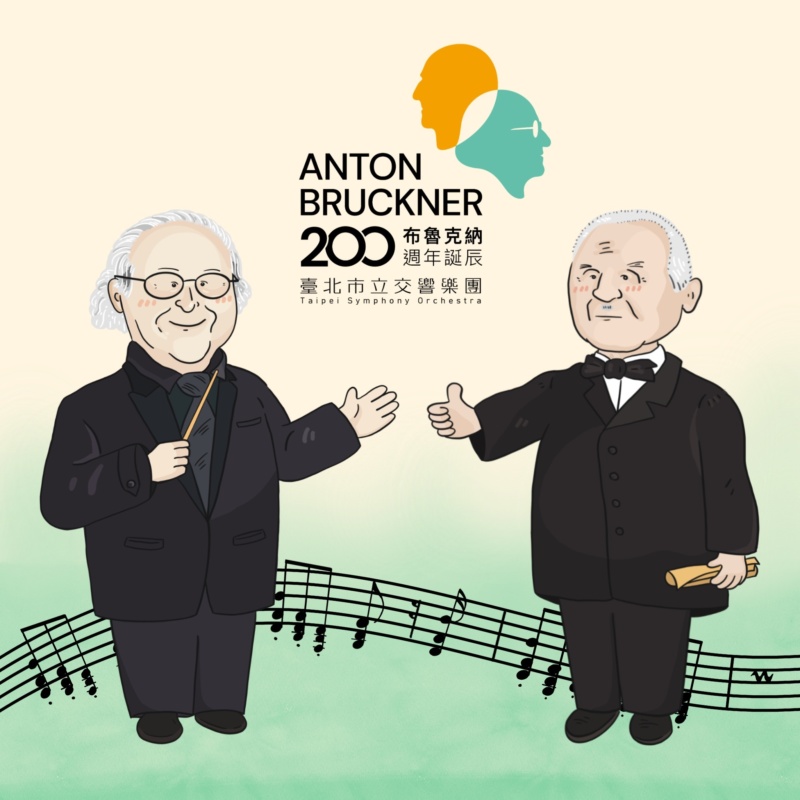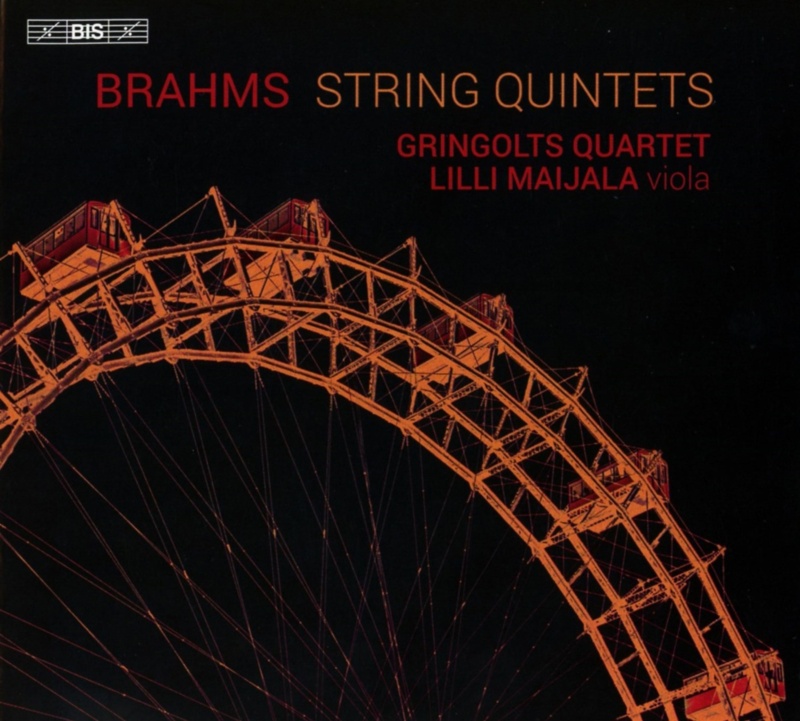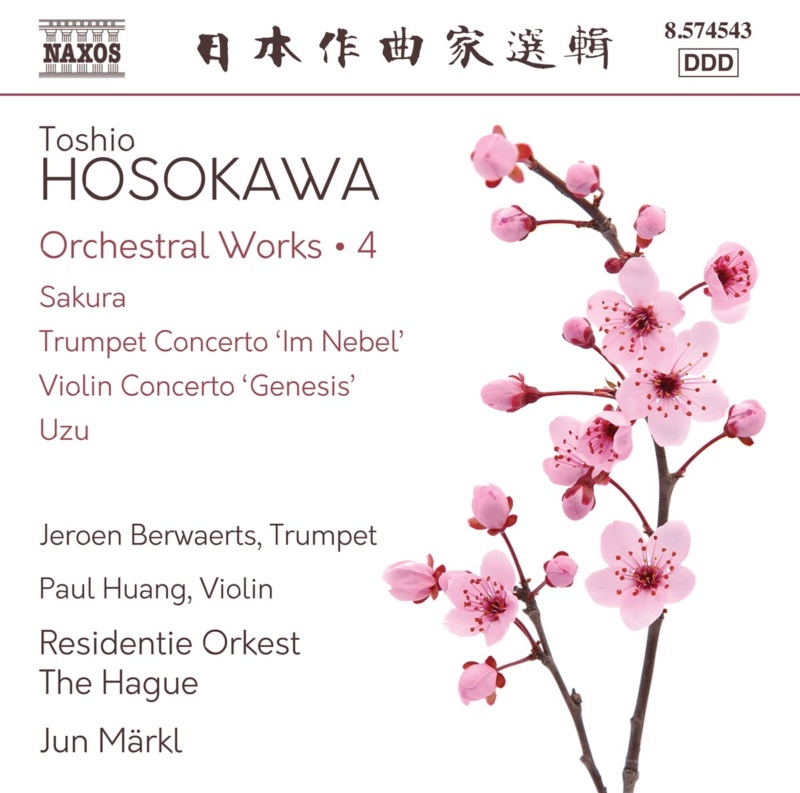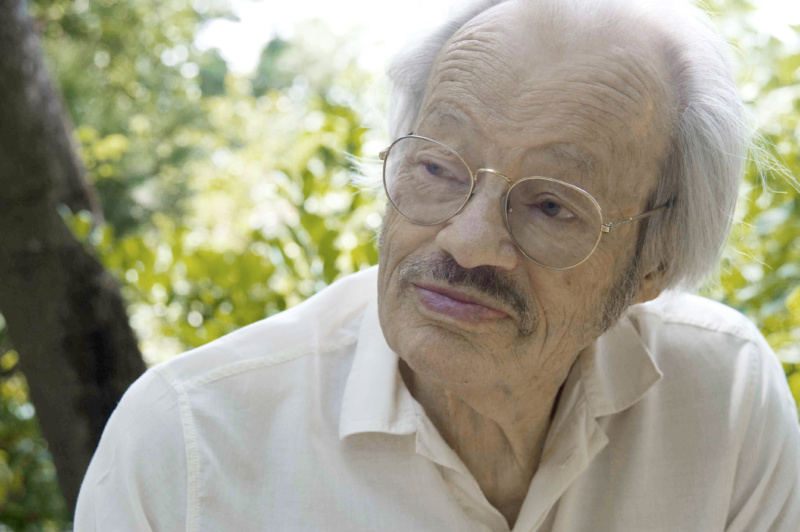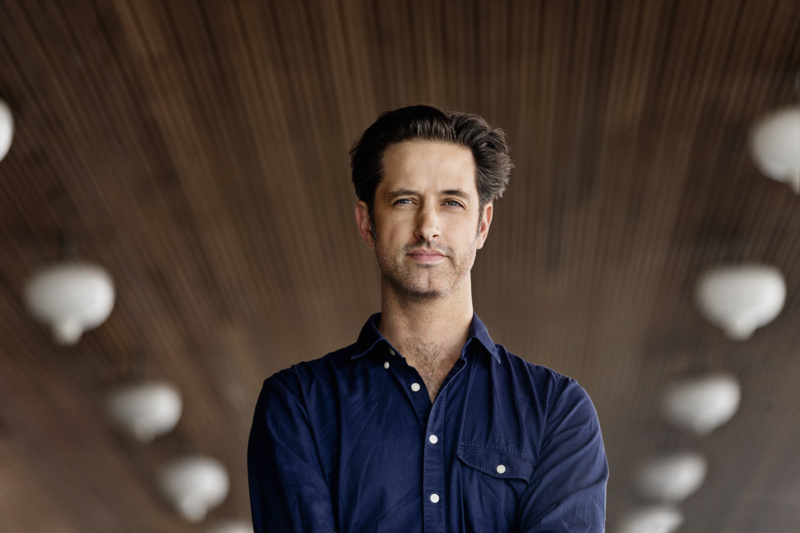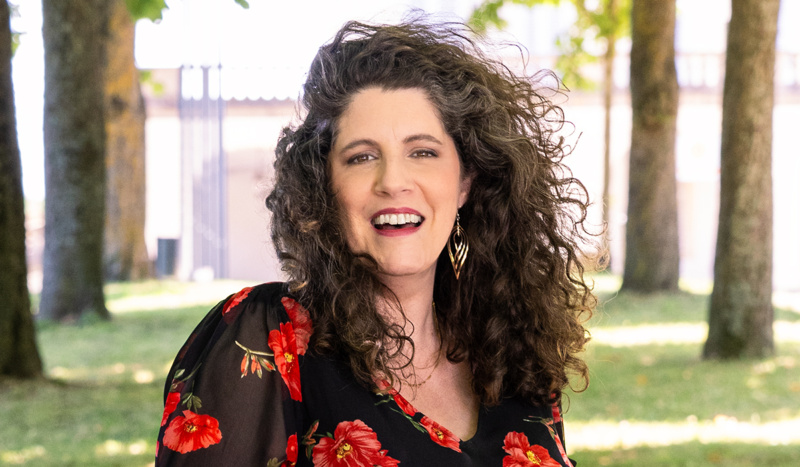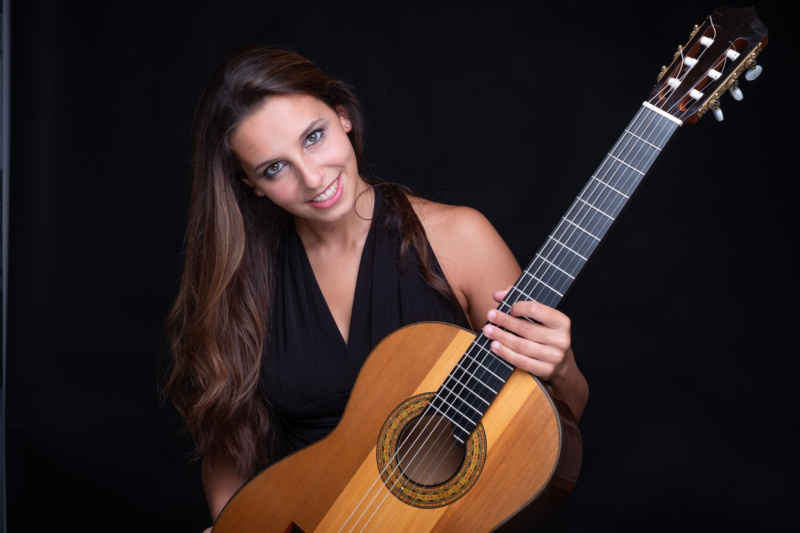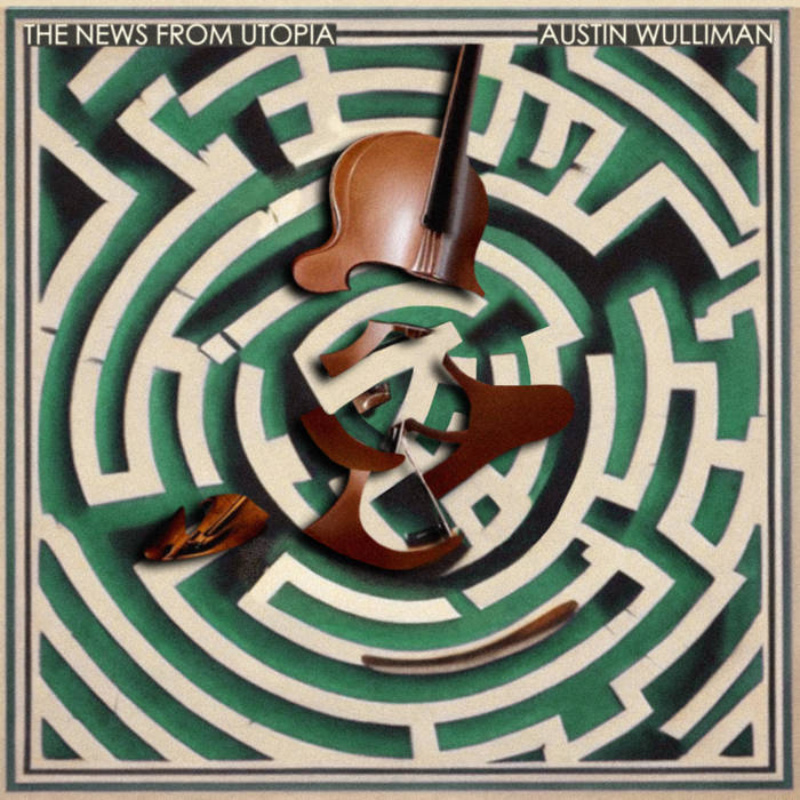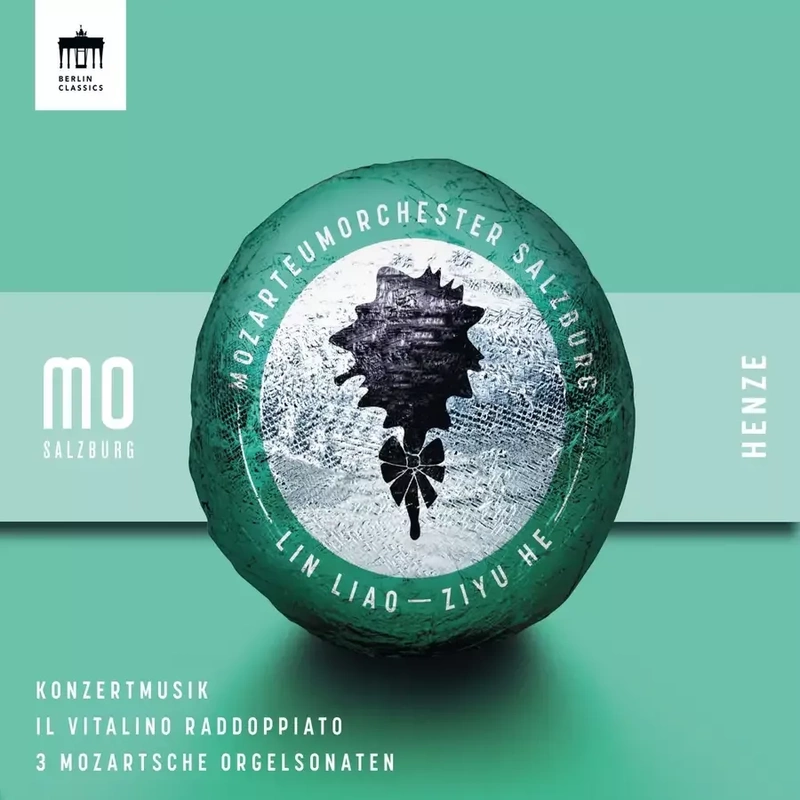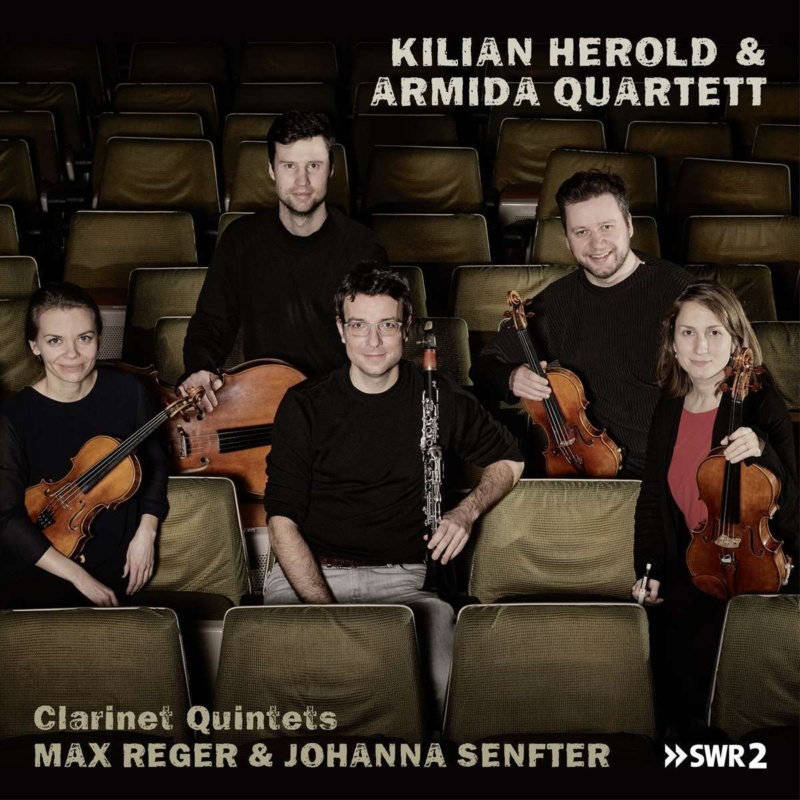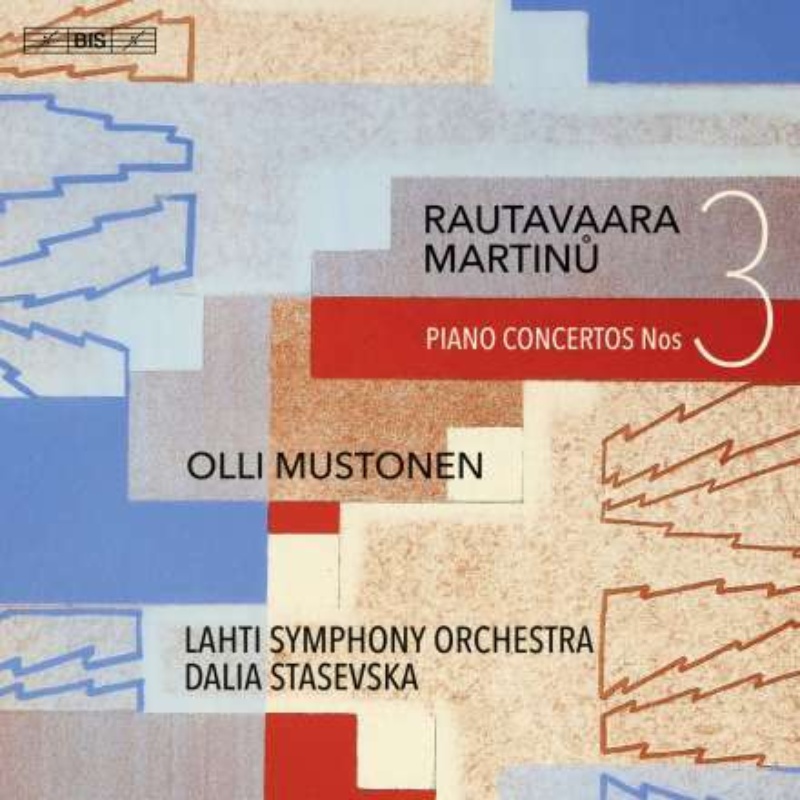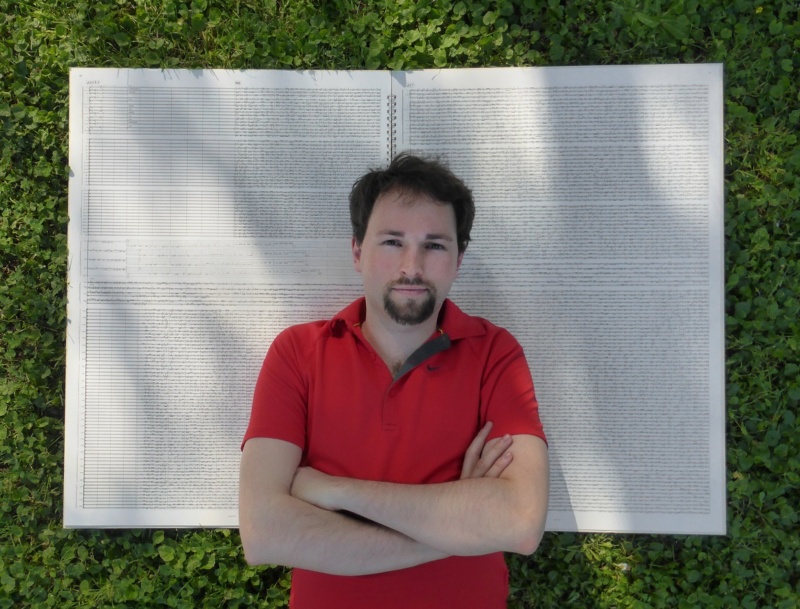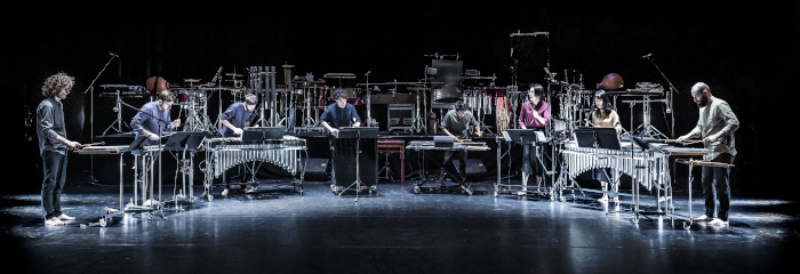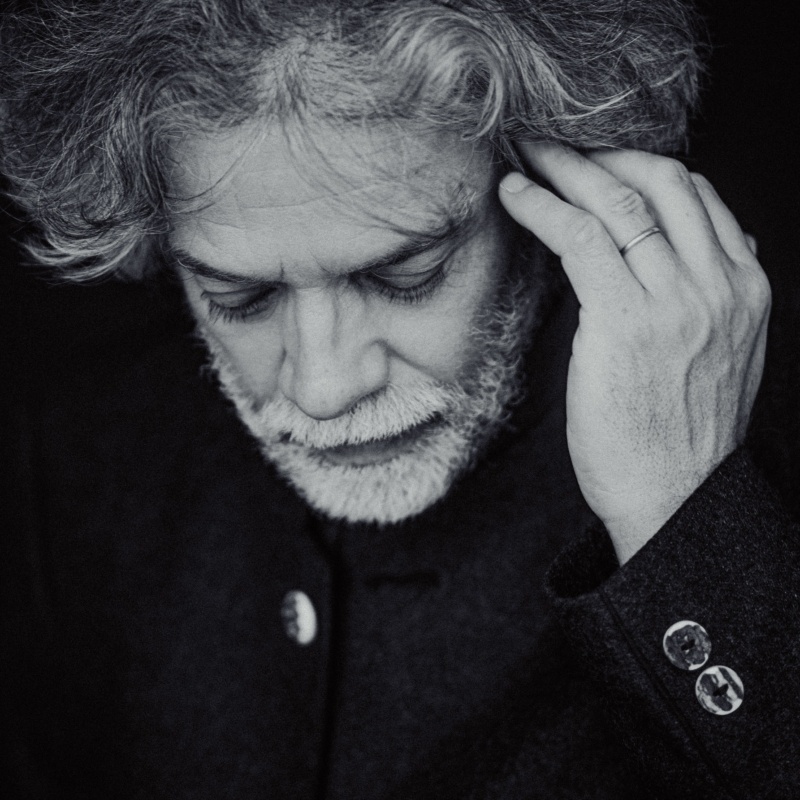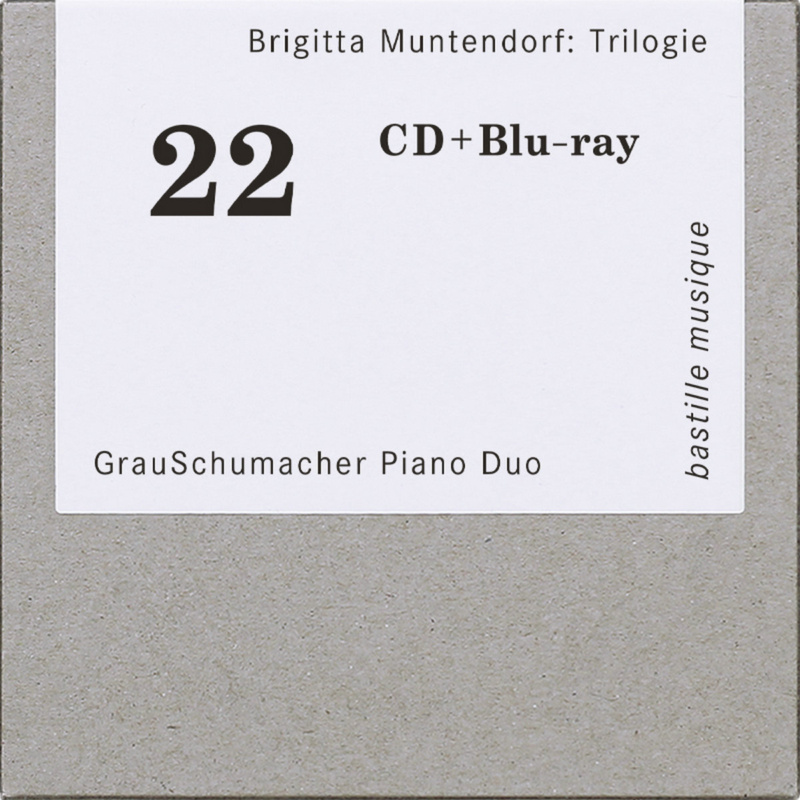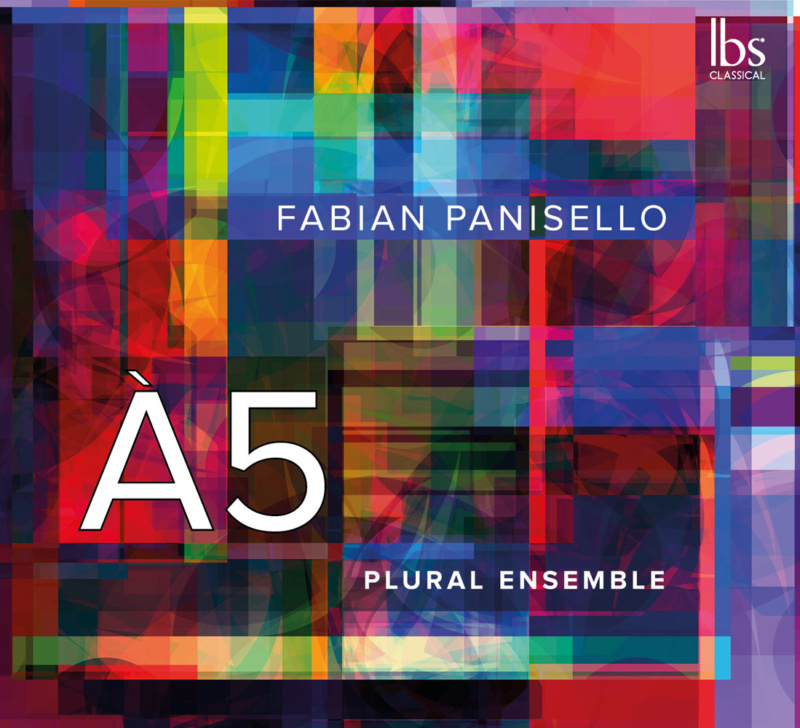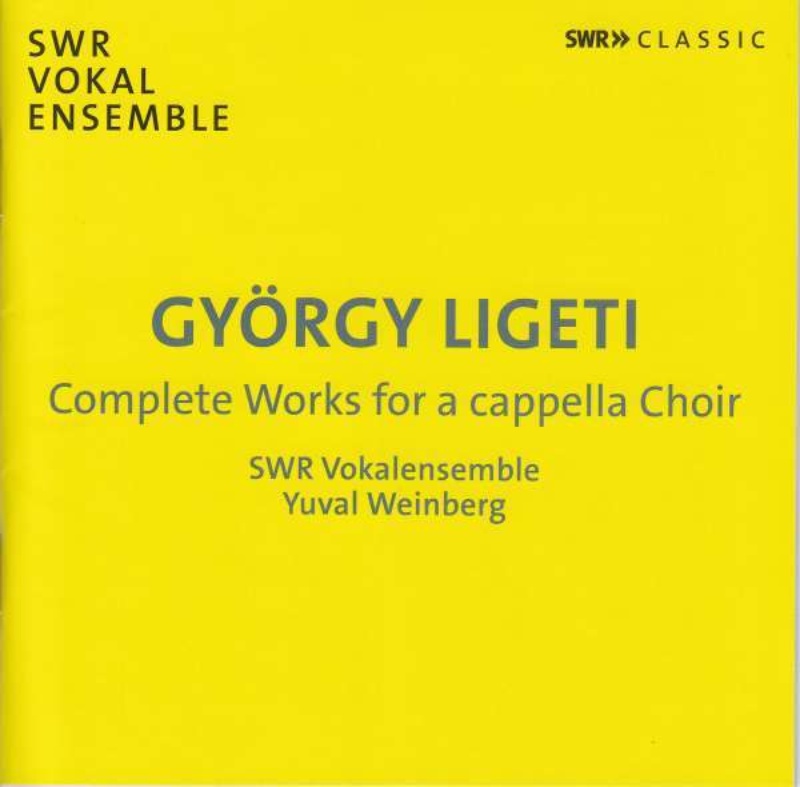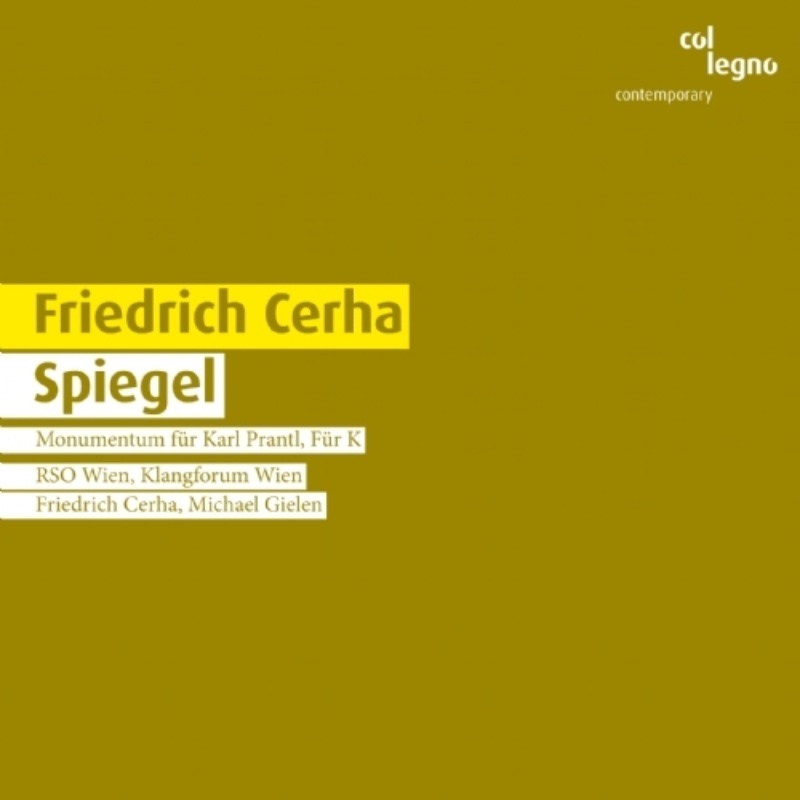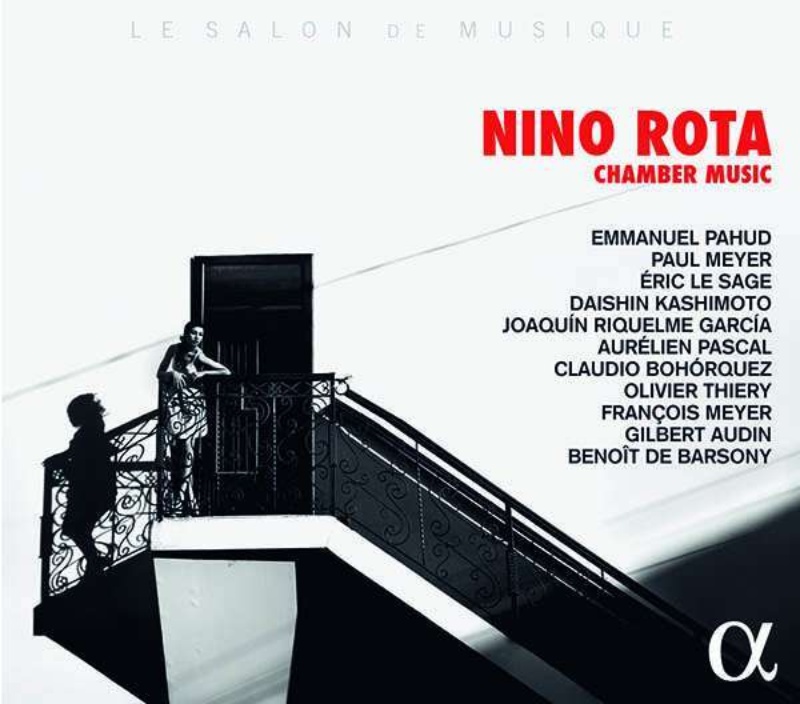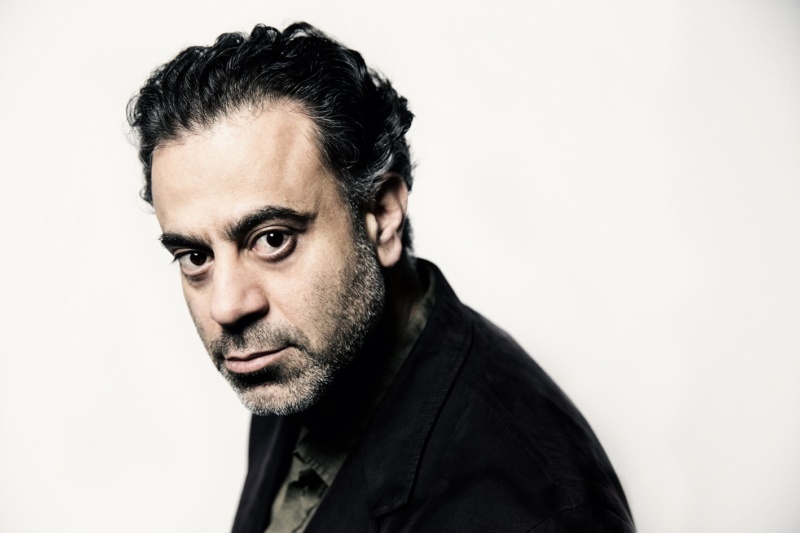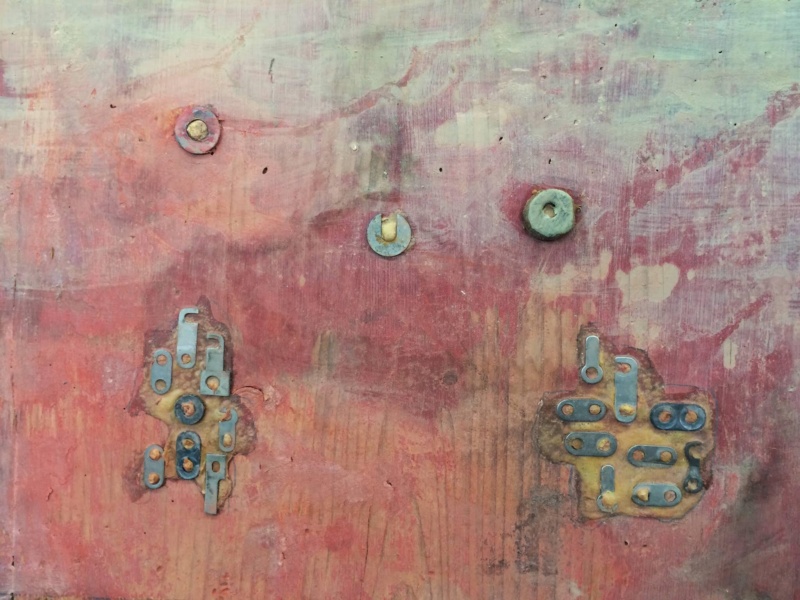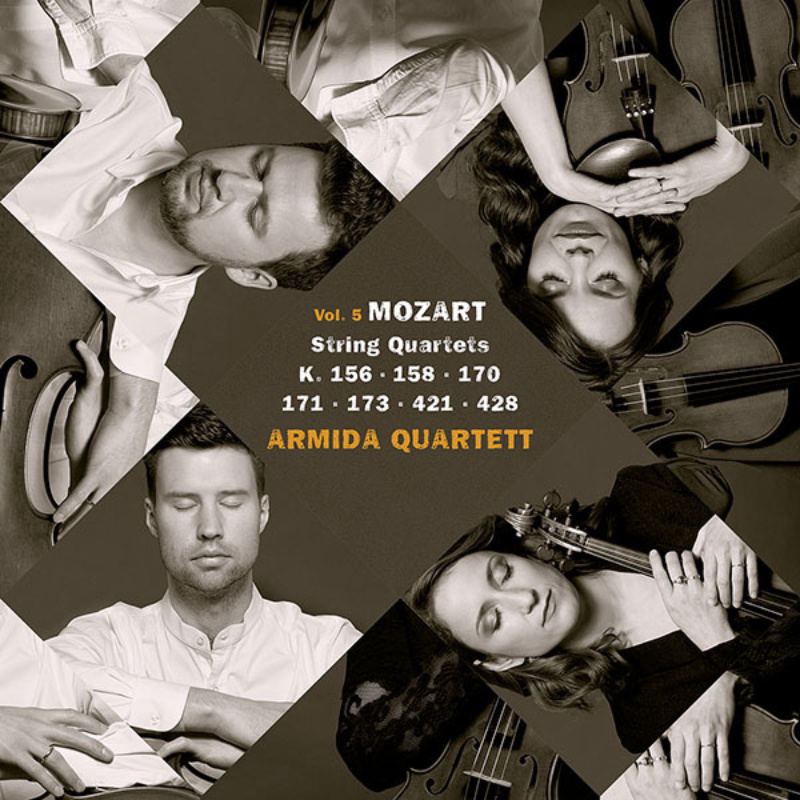When Henry VIII set off on his quest to dissolve monasteries throughout
his kingdom, this was a turning point not only for religion and
economy, but also for the history of English music: while the king, a
keen musician himself, is today known as a patron of Renaissance
composers, his systematic destruction of the monastic libraries in the
1530s account for the fact that only a minute amount of mediaeval sacred
music was preserved – many manuscripts merely survived because they
were set aside as scrap paper.
The three sopranos of Trio Mediaeval chose to consider
the gaps in historic evidence as a chance when they decided to
reconstruct a "Ladymass", based on fragments of music manuscripts from
the Worcester monastery: "We did not despair when we found out that
there was no Credo to be found in the manuscripts," Anna Maria Friman
explains. "We immediately saw the possibility of including a
contemporary Credo and asked Gavin Bryars to compose the piece."
Votive Masses to the Virgin Mary were frequent in mediaeval England,
which was then called the "Garden of Mary" because of its special
devotion to her. While the Mass could be reconstructed with some
accuracy thanks to the disproportionate amount of music associated with
Marian feasts to be found among the fragments, looking for the same kind
of accuracy in performance practice seems for the trio to be an effort
doomed to failure: "We have no precise descriptions regarding sound or
singing techniques being used, and we don’t know to what extent women
sang polyphonic music," says Anna Maria Friman. "However much we might
wish it, we cannot in any way be historically authentic. Meanwhile we
feel that the lack of historical information gives us the freedom to let
our imagination flow as though we are creating contemporary music."
The members of the trio are aware of the fact that they
re-contextualise the music in many ways when they present mediaeval
sacred music in a modern concert setting. And all the more so by
delivering it to the listener via CD – a recording for the ECM label was
released in 2011. But however far from the context of a mediaeval
church service their performance may be, according to the New York
Times, the beauty and clarity of the three voices "might cause even a
confirmed agnostic to contemplate a spark of divinity in these
centuries-old manuscripts."
Nina Rohlfs, 2010
